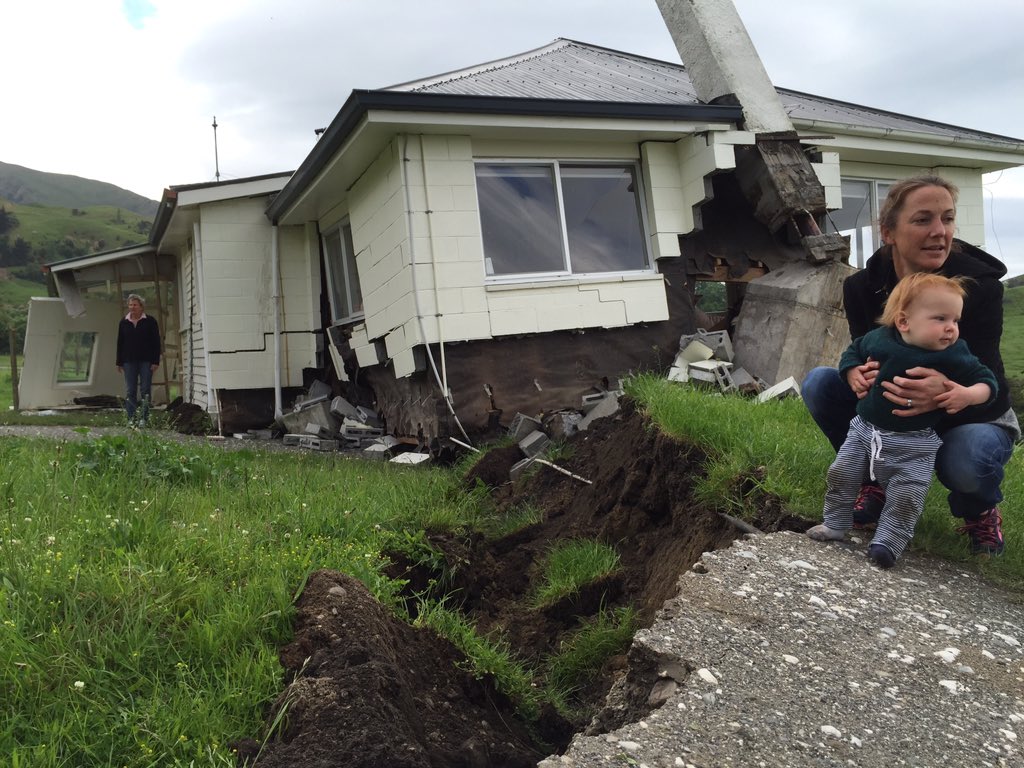Five (5) Natural Hazard Zones You Should Know

For many prospective homebuyers, California remains a dream destination — and for good reason! With beautiful weather, gorgeous beaches and more, there’s plenty to love about living in California.
In my experience, however, one thing that buyers aren’t always aware of is the importance of the NHD Report when buying a property. Under the California Civil Code 1103, real estate sellers and brokers are legally required to provide a Natural Hazard Disclosure if a property is located within a hazard area.
For some homeowners, learning that a particular property is at higher risk for certain types of natural hazards can change their buying decision. Even though being located in a hazard zone doesn’t mean your home is at risk of a total disaster, this could lead to higher property insurance rates — here’s a closer look at some of the hazard zones that California homeowners should be aware of:
Special Flood Hazard Area
A special flood hazard area (also sometimes called a "flood zone") is a zone that FEMA has determined “will be inundated by the flood event having a 1-percent chance of being equaled or exceeded in any given year.”
This means that every year, there is a one percent chance of significant flooding — or that over a 30-year mortgage period, the property has a 26 percent chance of experiencing a significant flood.
Because of this, mortgaged homes in special flood hazard areas are required to get additional insurance coverage through the National Flood Insurance Program. A standard home insurance policy does not cover flood damage, leaving homeowners in these areas at significant financial risk if they don’t purchase additional coverage.
Some areas may also be designated as part of a dam inundation zone. Structures in these areas are located downstream from a dam and are viewed as higher-risk areas because of the catastrophic flooding that would occur in the event of catastrophic dam failure.
Very High Fire Severity Zones & Wildfire Hazard Zones
In recent years, few California hazards have made the news as often as wildfires. In 2018 alone, the state experienced over 8,500 fires that burned approximately 1.89 million acres of land. More than 22,000 buildings were destroyed and over 100 people lost their lives, with total damages exceeding $3.5 billion.
With wildfires continuing to rage in the state, this is understandably an area at the forefront of many homebuyers’ minds. The Natural Hazard Disclosure form includes two fire-related designations.
California has a range of fire risk zones ranging from very low hazard severity zones to very high hazard severity zones. The fire risk for individual zones is based on a wide range of factors, some of which are topography and vegetation coverage. Structures built in very high fire hazard severity zones are have additional fire-resistance standards in place for roofs, windows, attic venting, and more.
Another fire-related designation you might see in your NHD Report is a wildfire hazard zone. These areas, as determined by the Department of Agriculture, have additional maintenance requirements for properties within the wildland hazard zone. Section 4291 of the Public Resources Code provides guidelines for keeping the area around the home free of debris that would pose a fire hazard.
Earthquake Fault Zone
It’s no secret that California is at a higher risk for earthquakes than other states. As a result, whether or not a property lies within an earthquake fault zone is a key part of the Natural Hazard Disclosure.
An earthquake fault zone describes an area that is at risk of significant seismic activity because the property lies above or very close to a fault line. Areas in an earthquake fault zone are at risk of damage caused by a fault rupture — when the separate sides of the fault move in relation to each other. This can literally tear apart a structure built on the fault line.
There are over 15,000 earthquake faults in California. Because of this, homeowners’ insurance policies for the state typically don’t cover earthquake damage. Homeowners should consider purchasing supplemental insurance through the California Earthquake Authority.
Seismic Hazard Zone
An earthquake fault zone isn’t the only earthquake-related threat that could appear on an NHD Report. A seismic hazard zone designates an area that doesn’t lie on a fault but is still at risk of other earthquake-related damage.
The most common threats included in a seismic hazard zone are liquefaction and landslides. Liquefaction is a phenomenon in which a buried layer of soil behaves like a liquid during an earthquake. The lateral spreading on the surface can reduce the strength and stiffness of soil causing significant destruction. Landslide hazards are common in areas with steep hillsides and loose soil.
You don’t even have to wait for an official report to see if your property lies in these danger areas. Because earthquakes are such a risk, the California Geological Survey published a computer- and smartphone-friendly app in 2018 called EQ Zapp to help residents better understand the hazards in their area.
Industrial Hazard Zone
Your California NHD Report may also address non-natural hazards that could pose a risk to your property. Some of these hazards include commercial and industrial hazards, such as being located close to a facility that uses or manufactures potentially harmful chemicals. Environmental contamination sites such as landfill areas or former military installations may also be disclosed.
Your report will include if the property lies within an airport influence area. These are areas that are close enough to an airport where the takeoff and landing of planes or other airport operations could significantly affect land uses or necessitate restrictions on land use. Properties in this area might also be subject to other inconveniences such as noises loud enough to shake the structure, fuel odors, etc.
Though less likely to result in a “disaster” like the natural hazards previously mentioned, the presence of such issues could impact your ability to enjoy your property.
Never Overlook the Importance of an NHD
Whether you are buying or selling a home, you cannot overlook the NHD Report. As a buyer, this information helps you better understand the potential risks your property faces. This will help you determine if you need to purchase supplemental insurance or take additional measures to protect the home. In some cases, a severe risk could motivate you to decide to buy a different property.
For sellers, providing an NHD Report is required under California law and can be obtained relatively quickly and inexpensively from third party providers.
Most importantly, providing this report greatly limits the legal liability of the seller and their agents after the sale. No matter what your involvement is in a real estate transaction, make the NHD Report a top priority. You won’t regret it.

